Deep within the fissures of what is already the world’s largest basal deposit of zinc, copper, lead, silver, and tin, some geoscientists from the University of Toronto discovered unique streams bubbling with water. They were found to be more than 2 billion years old. While the Earth’s most ancient water was found in 2013 inside the Kidd Creek Mine in Timmins, Ontario, a team of researchers went even deeper and further in 2016, and dug out a stream that came to be known as the ‘oldest water on Earth.’ They published their findings in the journal Nature in 2016.
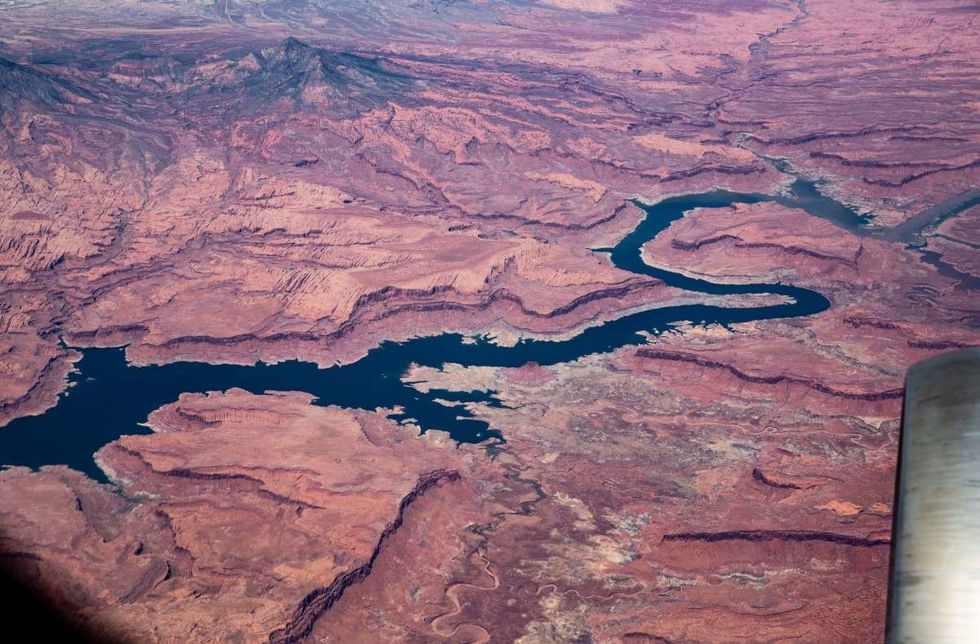
Owned by mining company Glencore, Kidd Creek is the world's deepest base-metal mine below sea level, reaching 10,000 feet. The mine produces an average of 40,000 tonnes of copper and 70,000 tonnes of zinc annually.
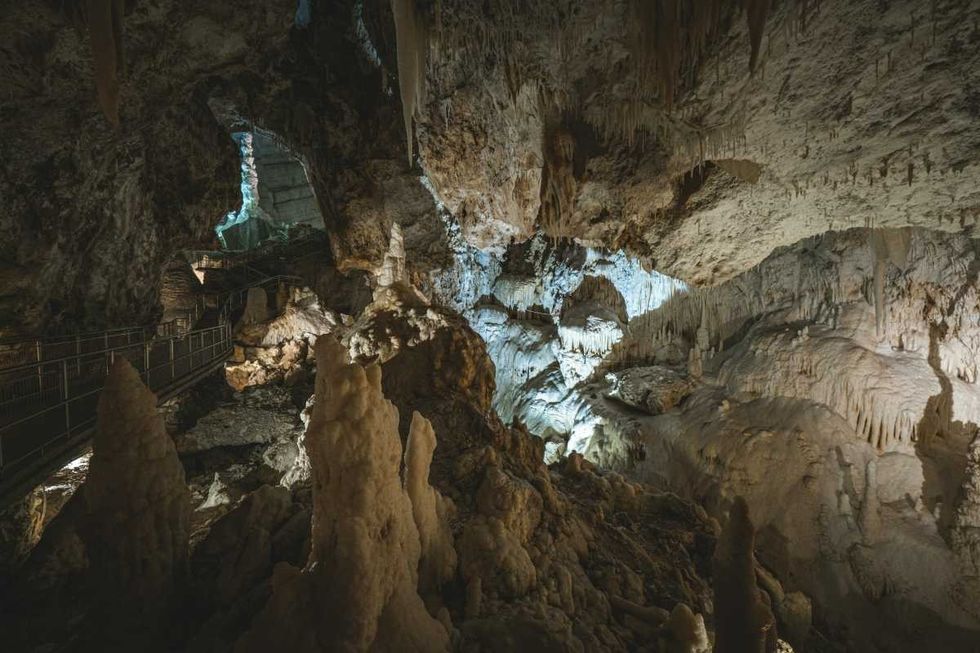
The first stream of this ancient water was discovered 2.4 kilometers (1.5 miles) down in this mine. “It really pushed back our understanding of how old flowing water could be and so it really drove us to explore further,” Sherwood Lollar, the lead researcher told BBC. “And we took advantage of the fact that the mine is continuing to explore deeper and deeper into the earth.”
After this investigation, geologists went down the mine once again in 2016, led by Dr. Oliver Warr. Again, they found water at a depth of nearly 3 kilometers (1.86 miles). Tests revealed that this water was even older than the one discovered in 2013. It was somewhere between 1.5 billion and 2.64 billion years old. Through this age, they concluded that the water must have remained isolated for an indefinitely long time.
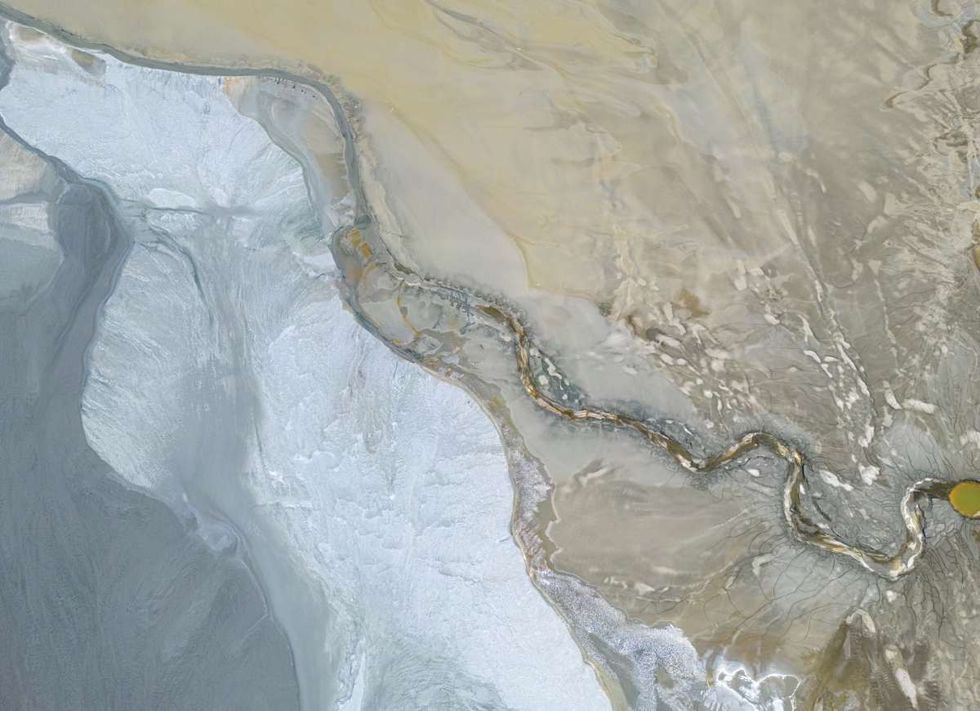
But what stunned them the most was the fact that it wasn’t just a regular pocket of water, but gushing liters of water. “When people think about this water they assume it must be some tiny amount of water trapped within the rock,” Lollar told BBC, and added, “But in fact, it’s very much bubbling right up out at you. These things are flowing at rates of liters per minute, the volume of the water is much larger than anyone anticipated.”
The scientists dated these streams of water by measuring concentrations of gases including argon, helium, and xenon, which are absorbed by the water as it ages in rock fissures. Swimming inside the water, they found traces of life, including fingerprints of aquatic organisms. They also found chemical traces left behind by tiny single-celled organisms that once lived in the liquid.
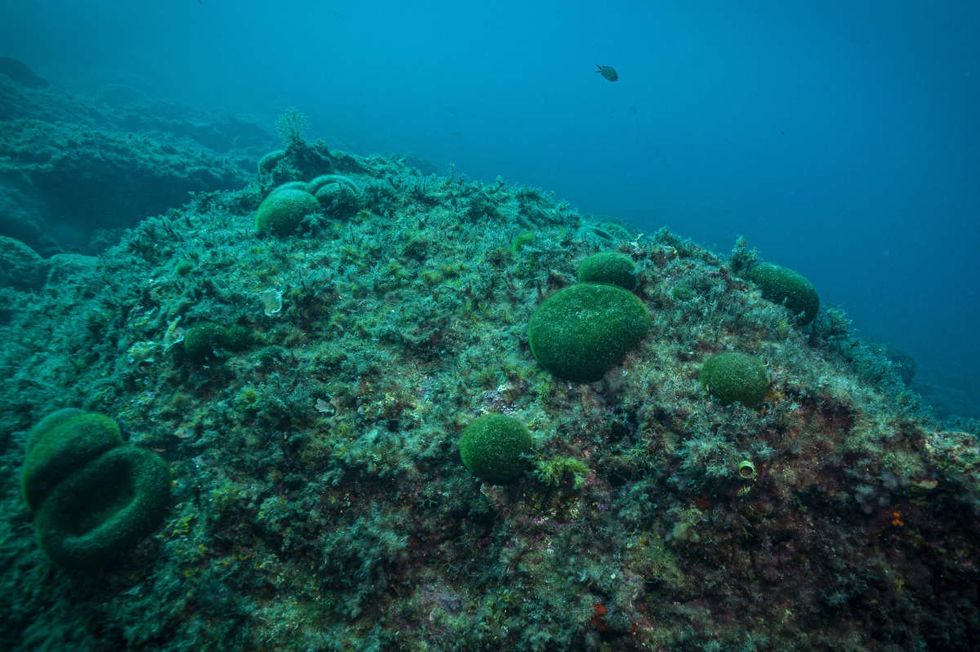
“By looking at the sulfate in the water, we were able to see a fingerprint that’s indicative of the presence of life. And we were able to indicate that the signal we are seeing in the fluids has to have been produced by microbiology - and most importantly has to have been produced over a very long time scale. The microbes that produced this signature couldn’t have done it overnight," Lollar said. “This has to be an indication that organisms have been present in these fluids on a geological timescale.”
Naturally curious, Lollar took a sip when she first encountered the oldest water on Earth. The first thing she did was to take a sip. “If you’re a geologist who works with rocks, you’ve probably licked a lot of rocks,” she told CNN. She dipped the tip of her finger into the water and licked it off her tongue. She reported that the water was "very salty and bitter" and "much saltier than seawater." The water was also viscous like syrup. On contact with oxygen, it changed from clear to a faint orange, most likely from the iron in the surrounding rock.
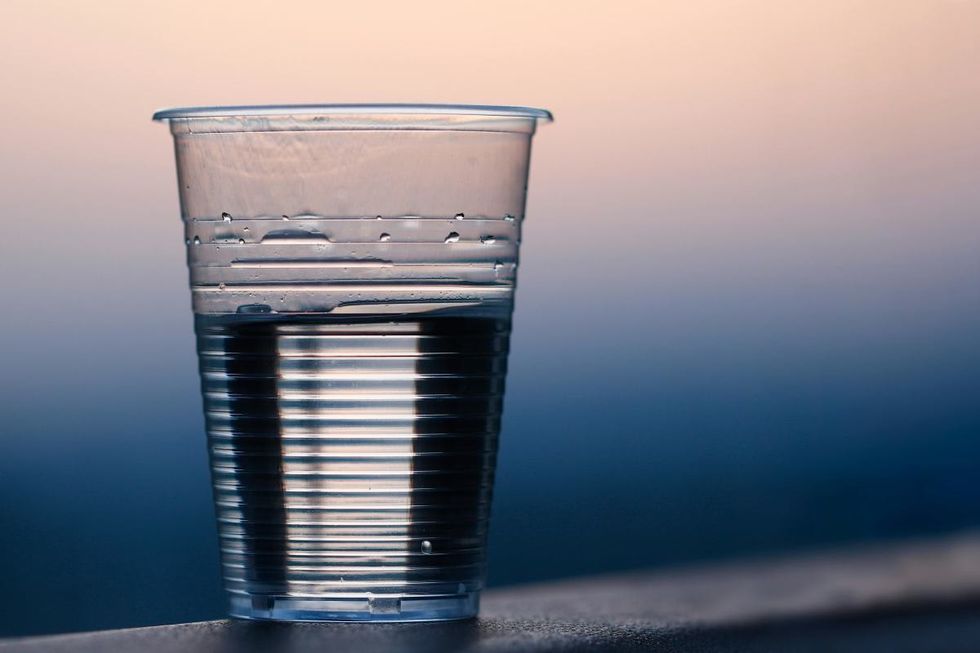
The fact that this water was much saltier than seawater was not surprising, according to Lollar, given that it was isolated for over 2 billion years. The older the water, the saltier it becomes, she said. In such a long span, the water usually gets inhabited with powders of crushed rocks, weathering grounds, and volcanic activity.
By studying this specimen of water further, the researchers said they could unfold some more fascinating insights about whether they can find water elsewhere in the Solar System.

















 Rock deterioration has damaged some of the inscriptions, but they remain visible. Renan Rodrigues Chandu and Pedro Arcanjo José Feitosa, and the Casa Grande boys
Rock deterioration has damaged some of the inscriptions, but they remain visible. Renan Rodrigues Chandu and Pedro Arcanjo José Feitosa, and the Casa Grande boys The Serrote do Letreiro site continues to provide rich insights into ancient life.
The Serrote do Letreiro site continues to provide rich insights into ancient life.




 Music isn't just good for social bonding.Photo credit: Canva
Music isn't just good for social bonding.Photo credit: Canva Our genes may influence our love of music more than we realize.Photo credit: Canva
Our genes may influence our love of music more than we realize.Photo credit: Canva
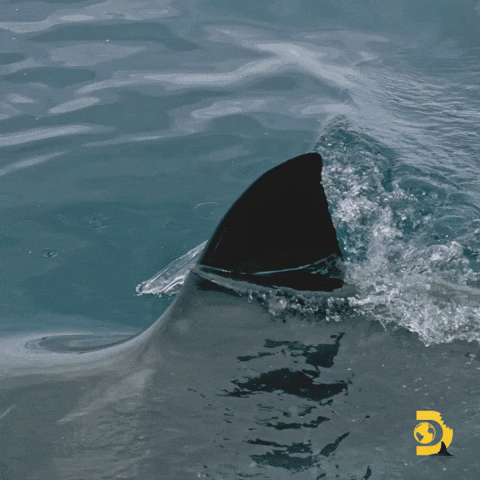 Great White Sharks GIF by Shark Week
Great White Sharks GIF by Shark Week

 Blue Ghost Mission 1 - Sunset Panorama GlowPhoto credit:
Blue Ghost Mission 1 - Sunset Panorama GlowPhoto credit: